Following on from Hamish’s thoughts shooting his recently discovered Ricoh GR Digital, I asked him if I could share my story of shooting one from new in 2007. When I got this little camera new, in a so-called “Creative Set” with the wide angle adapter and add on viewfinder, it felt like a compromise from the start – I didn’t really want yet another compact camera with a wide-angle lens, I was much more interested in an entry level DSLR such as the Nikon D50 with a nifty-fifty.
But a friend of the family – and more importantly also my father – managed to convince me that the Ricoh GR Digital was a truly extraordinary miracle and it would be a wiser choice for me to step up to it. In retrospect, they were right, but initially, I was quite disappointed. All I really wanted is shallow depth of field, but I ended up with a wide angle lens paired with a tiny sensor which was anything but a bokeh machine.
I had to learn to compose with the 28mm equivalent lens, accept the limitations of the camera, and use it to my advantage. Over time, I grew with this camera and started to like it for many many reasons.
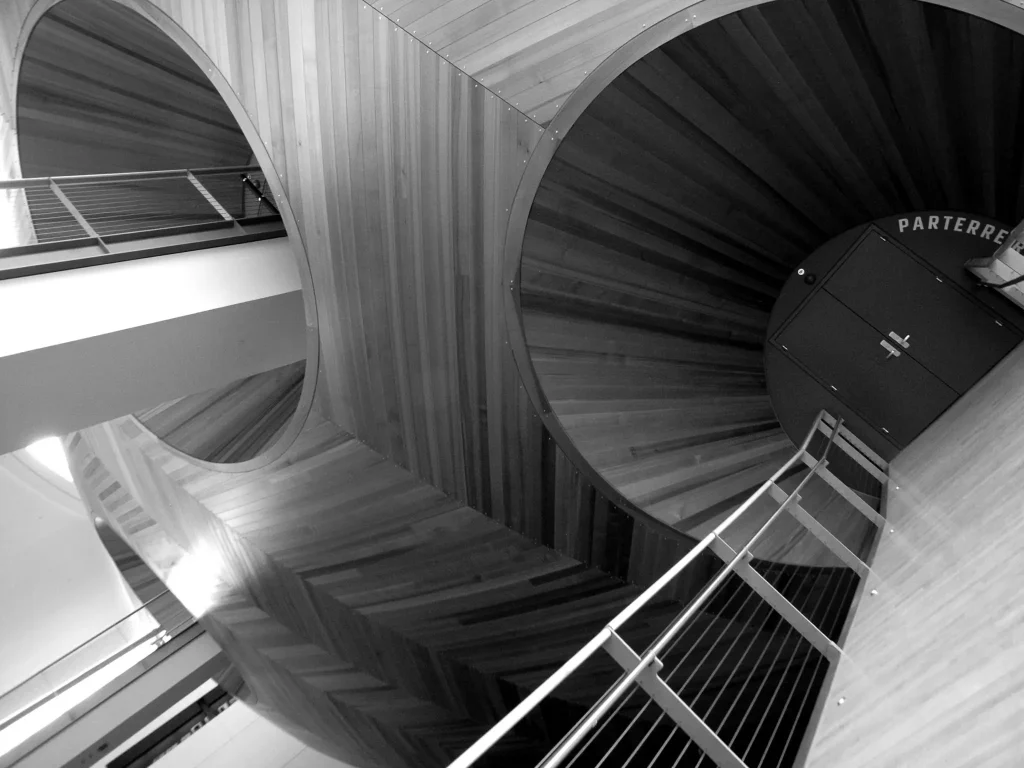
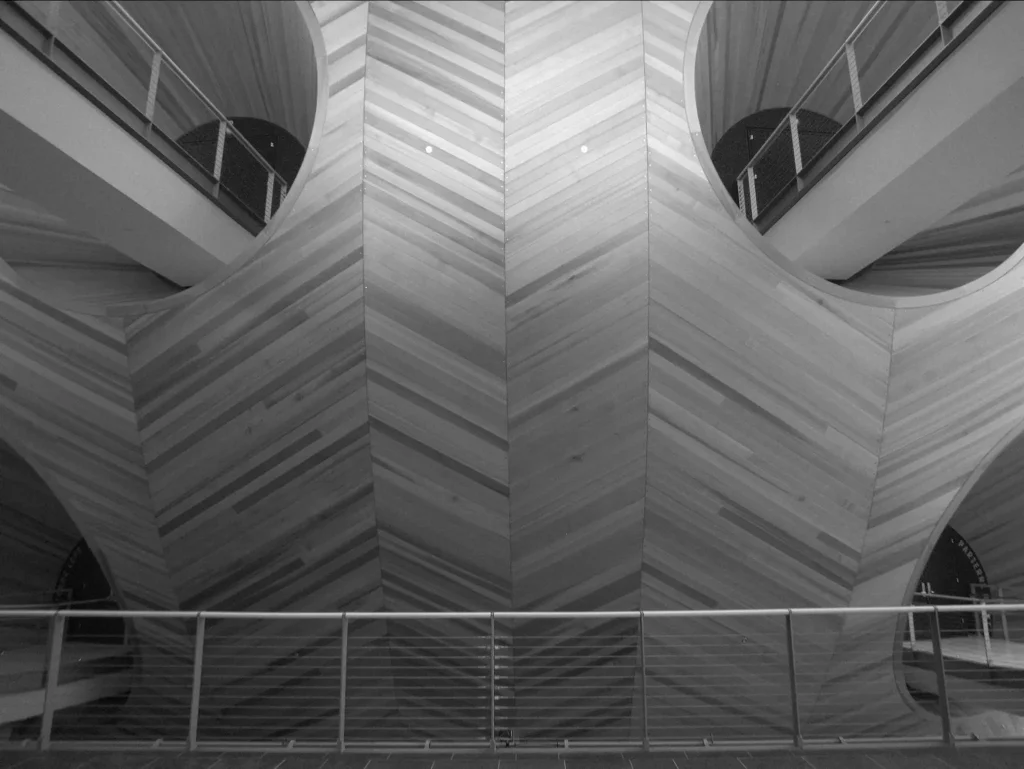
Size and handling
The camera was truly pocketable with a brilliant control layout – I found I could operate it with a single hand… and I don’t just mean that it is possible to take pictures with one hand, but in fact, all important settings are reachable single-handedly. I became a huge fan of the button layout and customisation options the camera had to offer. The Ricoh GR Digital is also made of magnesium alloy and so it felt premium in my hand.
As a result of the small size and practical use, I took this camera literally everywhere with me, and used it for every possible photography scenario I could come up with. I took it hiking, skiing, parties, concerts and all kinds of business and personal trips. It survived -25 degrees Celsius at the Niagara Falls where mist from the falls got instantly frozen on any surface. I took it out at night for long exposures or for flash photography. I used it for panoramas, and experimented with HDR as well.
All in all the GR Digital served well for many years of heavy use and tackled all the situations I threw it into.
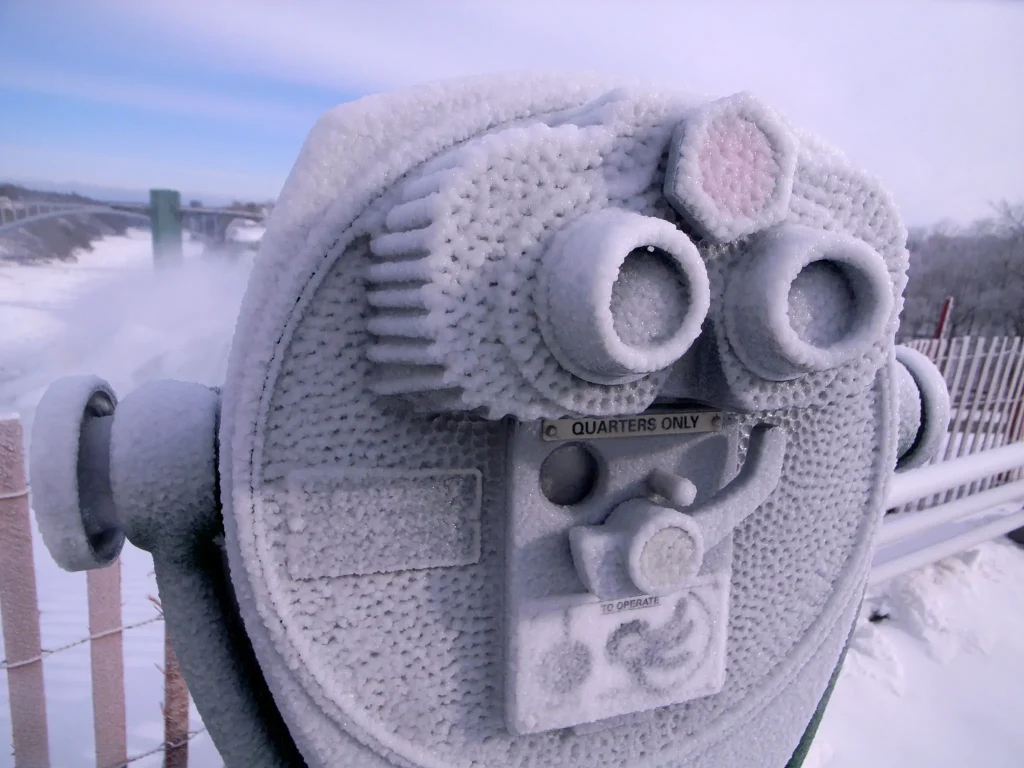
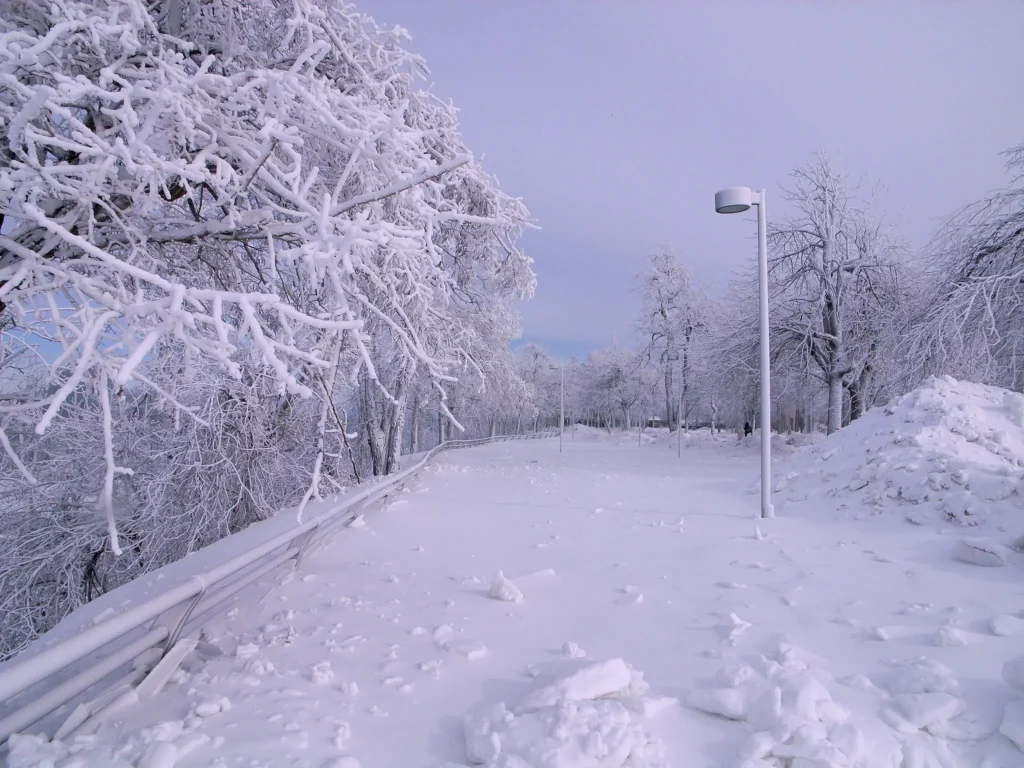
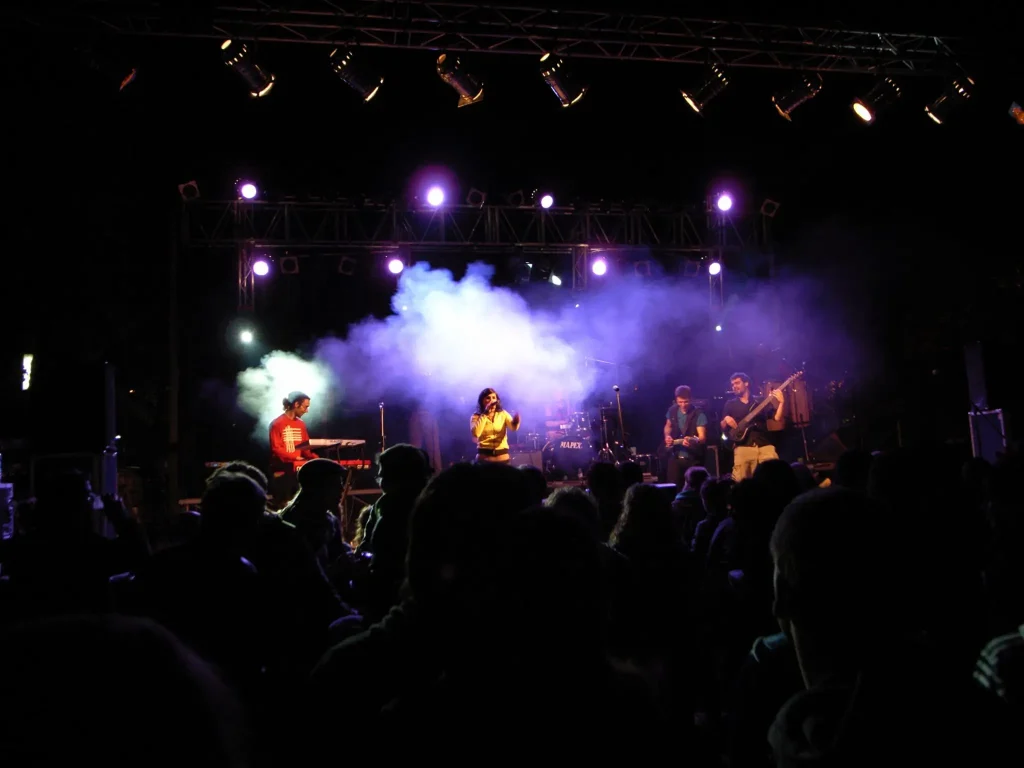
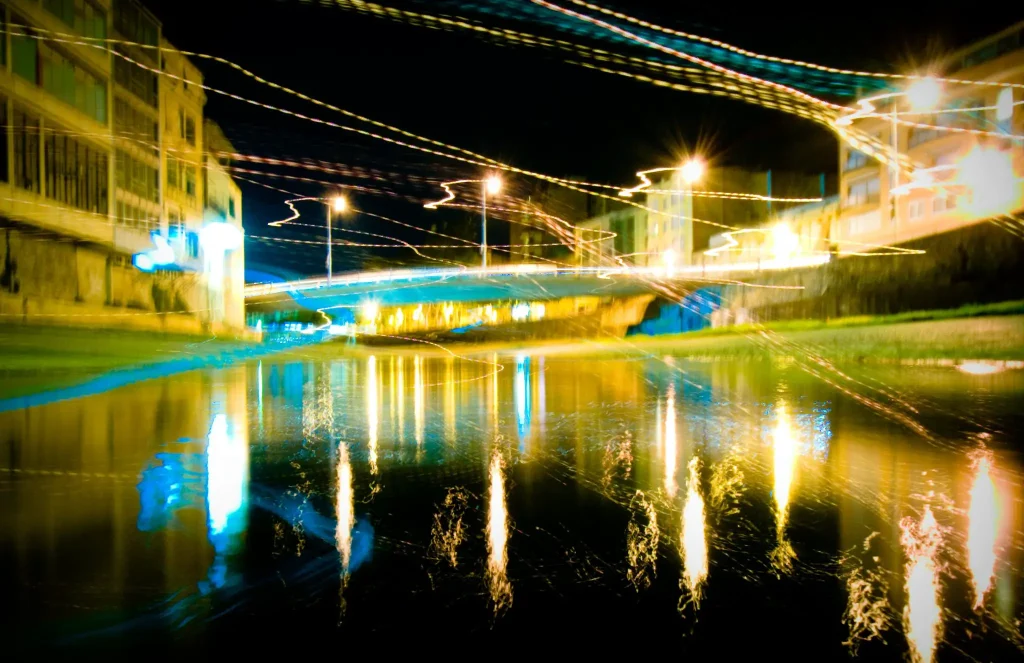
Features
First of all, this camera shoots DNG. For the first 2 years, I had no idea about post-processing and about the benefit of shooting RAW. It was an enormous aha moment when I finally realised how much more I could get out of this little beast. Saving DNG files are not exactly fast on the original GR Digital, so it slowed me down compared to my usual run and gun style. That said, I never experienced the slower approach as a drawback – after all, I got better files for the the greater investment in time. Because shooting raw was not only slower, but also used more power, it made every frame count more. It sounds a lot like film photography doesn’t it?
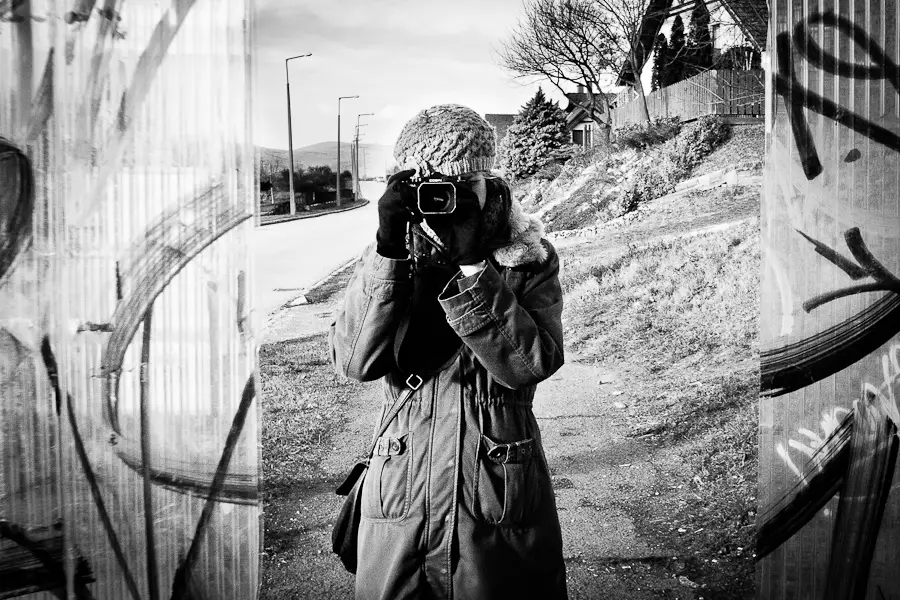
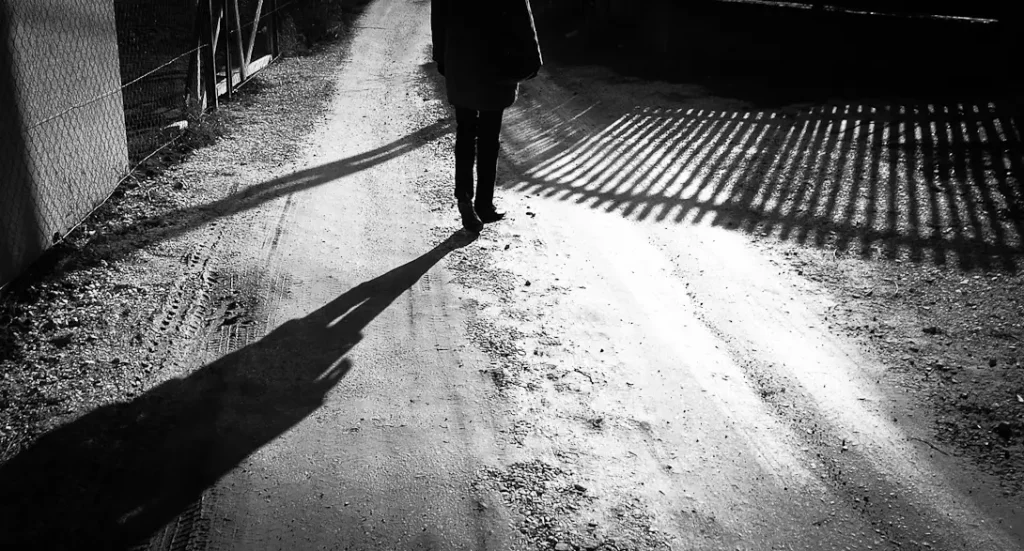
The second feature I wanted to mention is manual flash control and second-curtain flash sync. Second-curtain sync allows ambient light to be used for the first part of the exposure while the flash freezes the last moment at the end – and since the camera has a leaf shutter, all the speeds are synced with the flash. I got obsessed with this method and I even got an external TTL flash. The only compatible flash was a Sigma flash which is twice the size of the camera.

The focus was also something I could play with. There is a macro mode where the camera focuses insanely close as well as manual focus and the famous snap (hyperfocal) focus.
The autofocus is not fast by today’s standards but it is actually quite adequate for the most part. Therefore I was not using the snap focus for speed improvement – however, it was a really good tool in my arsenal to reduce battery consumption.
The battery was a scarce resource initially for me. With a single battery, it was nearly impossible to get through a long day of shooting. The camera can use AAA batteries in case the rechargeable pack runs out, but they didn’t last very long. Therefore I had my power saving plan. This consisted of:
- Switching off the screen and use an external finder
- Set the custom profile for snap focus
- Set JPG
- Only switch the camera on when it was needed
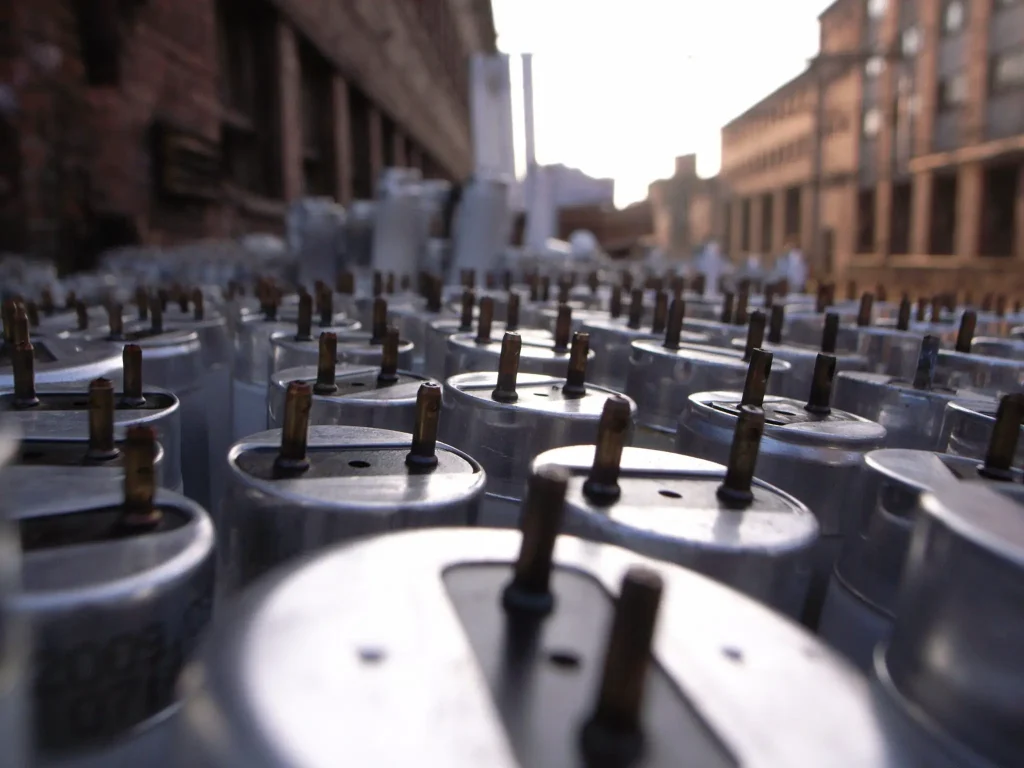
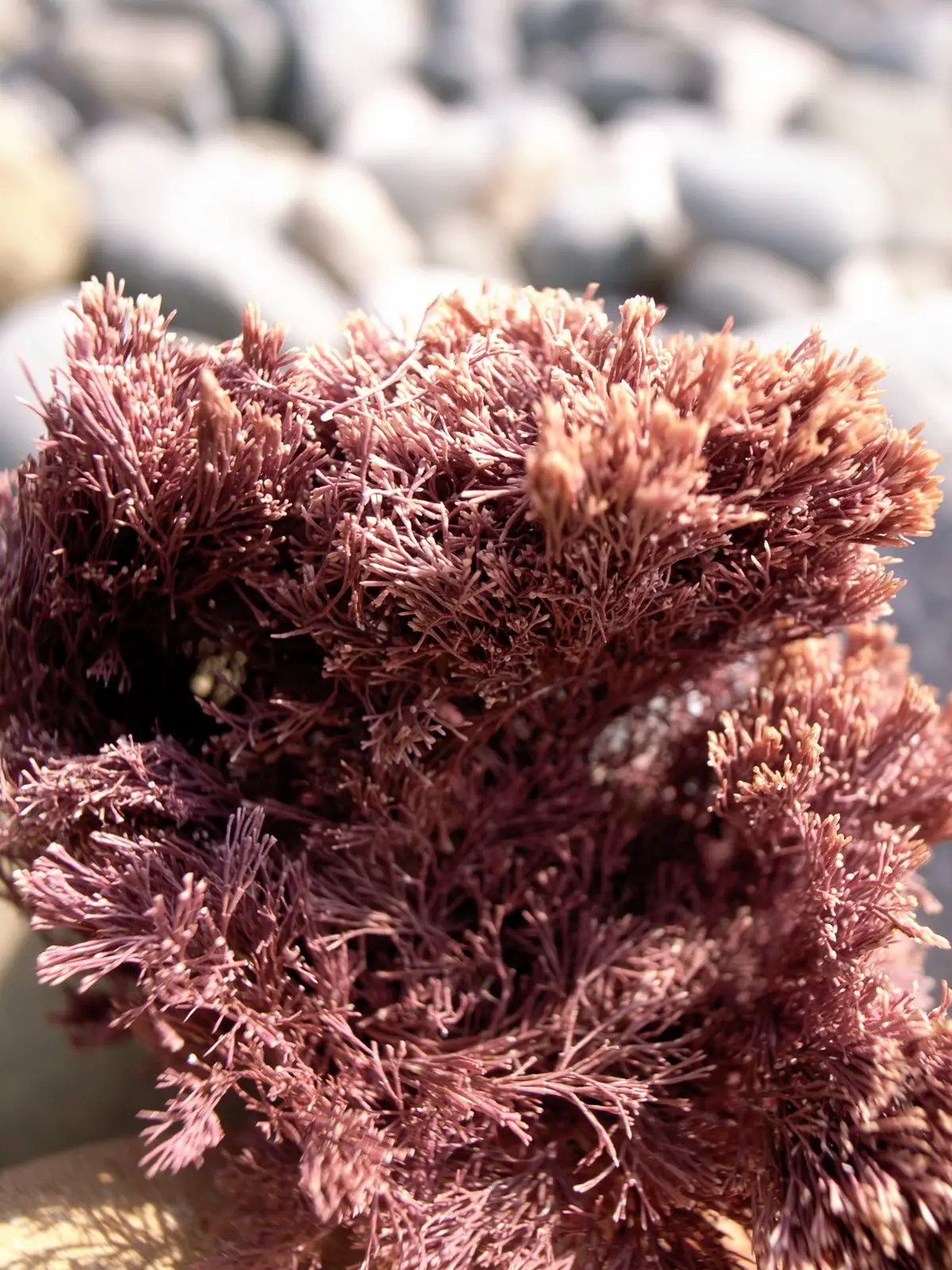
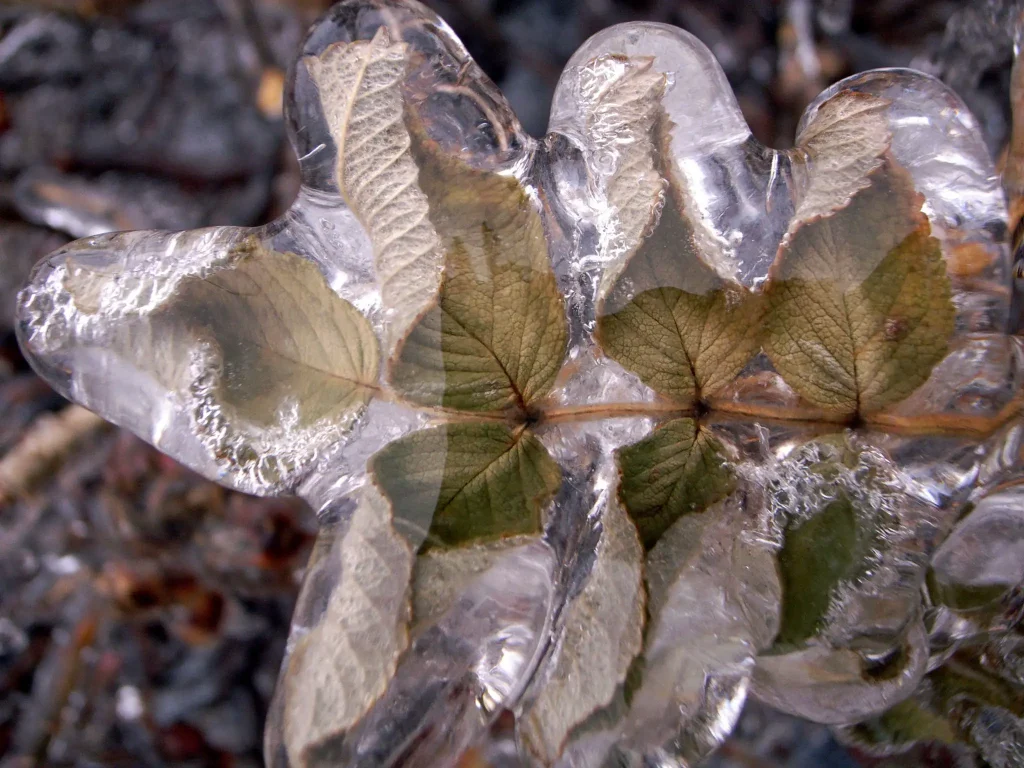
Image quality
I was always pleased with the images the camera produced. Even today one cannot deny that the lens is a spectacular gem. It shows very little distortion or aberrations and I found it quite resistant to flare. Because of the wide angle lens and the shock free shutter, I was able to hold shutters speeds around 1/15s regularly. Combined with the relatively fast f/2.4 aperture the ISO can be kept low in most situations. This helps with the otherwise not brilliant noise performance. Sensor technology may have advanced far beyond the capabilities of this camera, but in good hands, I think it is still a capable tool.
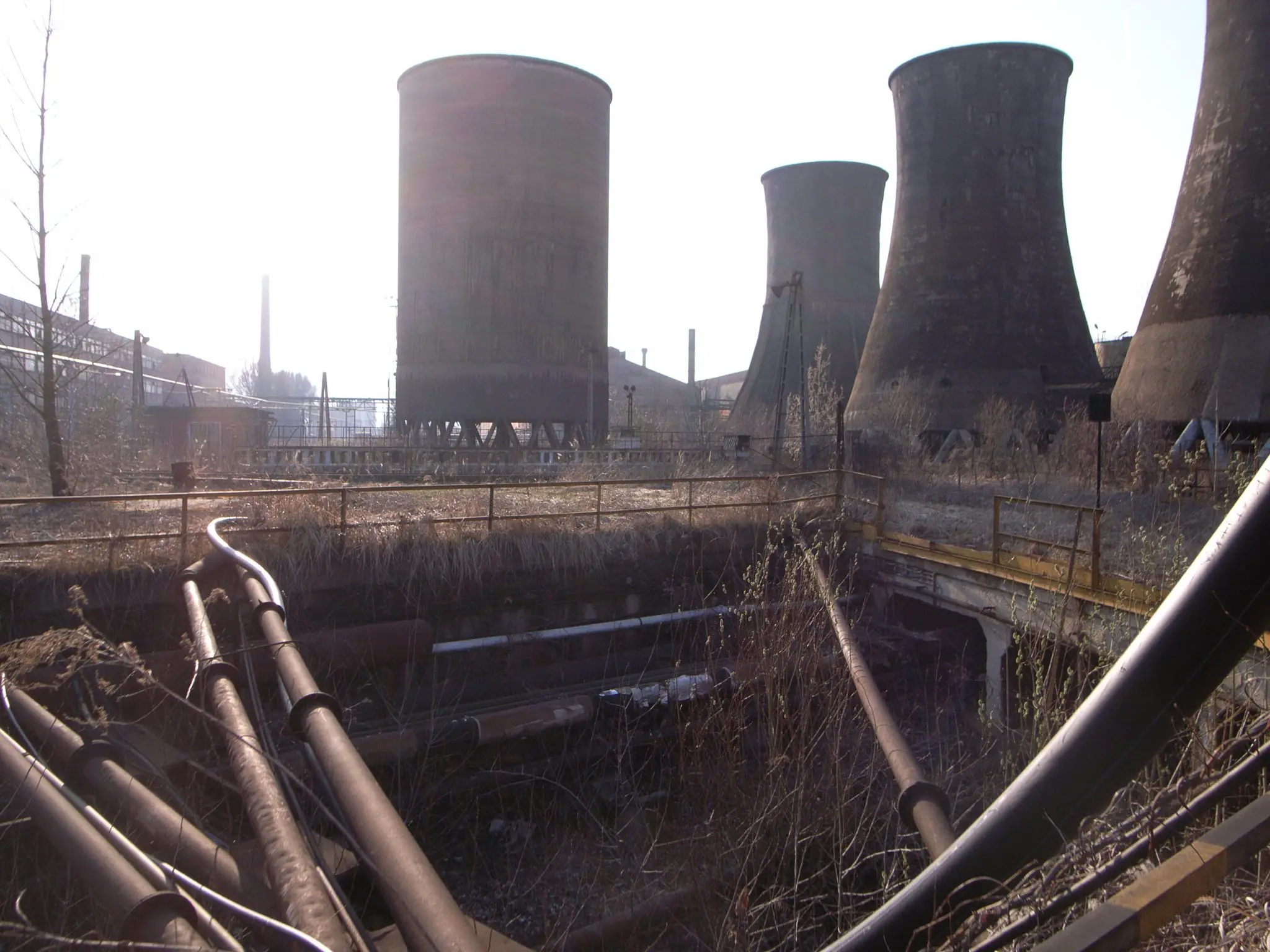
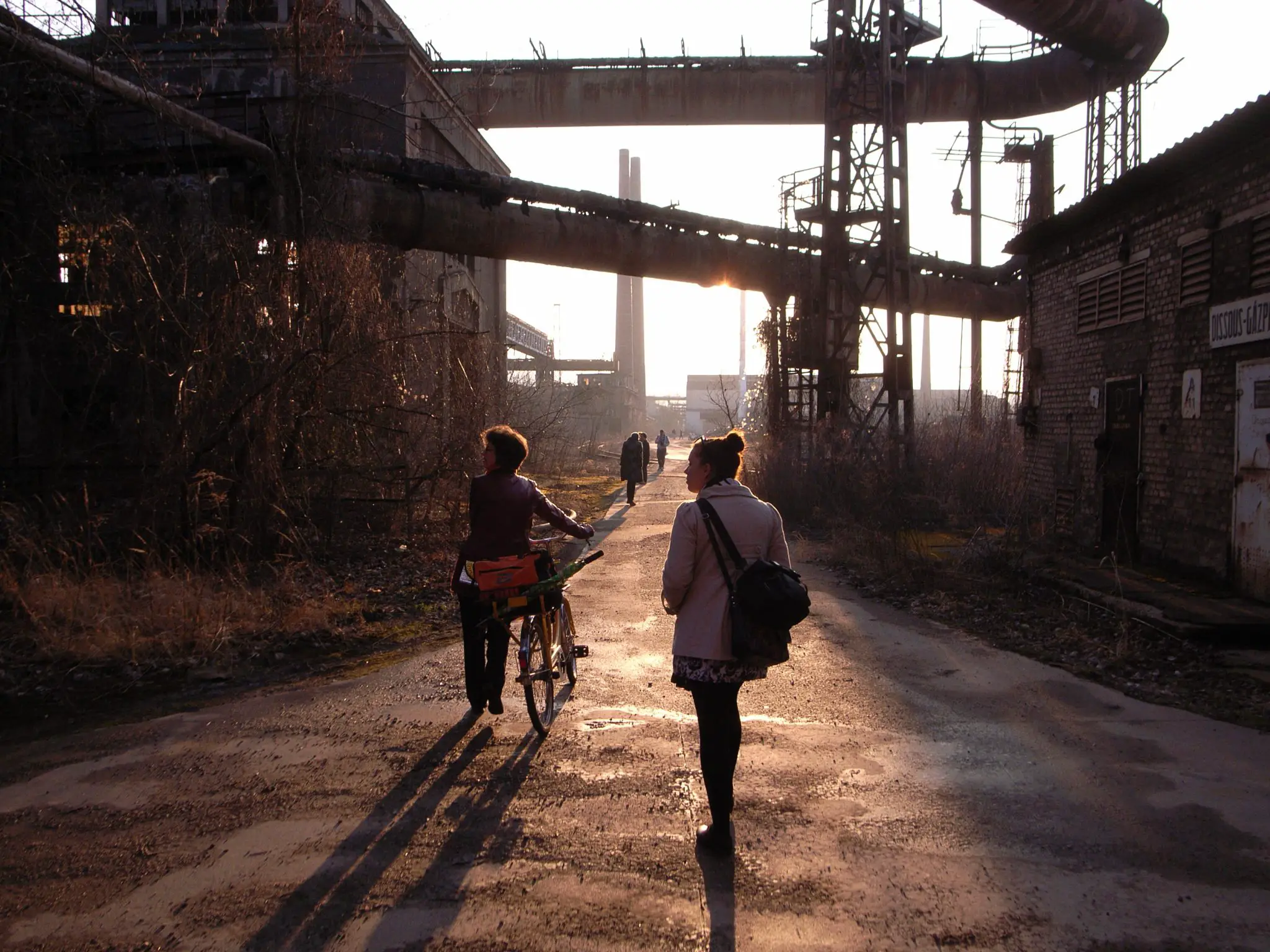
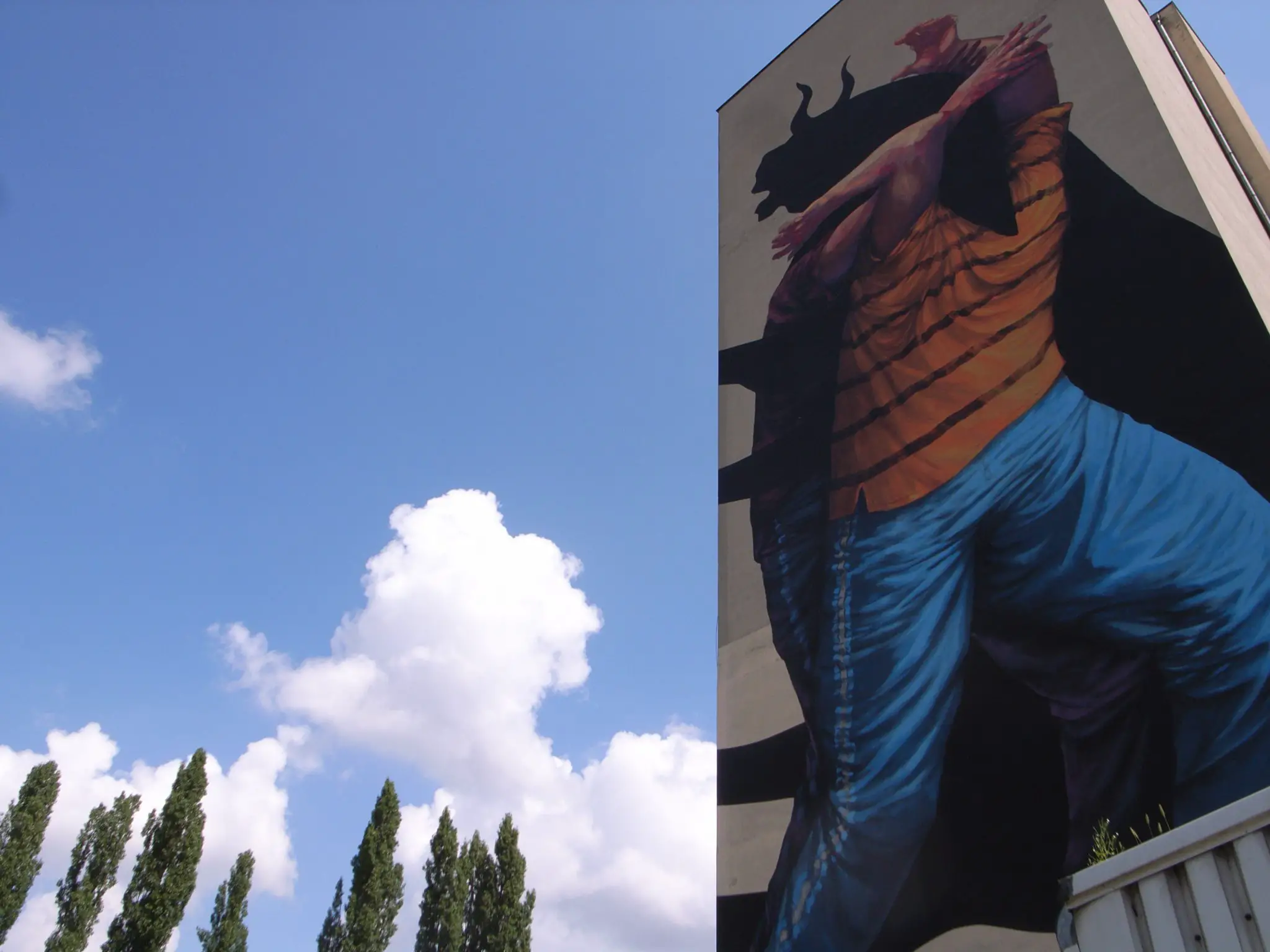
Wear, tear and death
Over time, the lens collected some dust and I began to notice minor signs of particles on the sensor as well. The rubber grip started to peel off and I had no luck to glue it back. The commonly reported issue with the adjust dial/button happened to me after a few years. On later models, the problematic dial/button has been replaced by a more robust solution – but this was the beginning of end of my camera. Finally, I started to get vertical stripes on the image after a heavy drop of the camera in 2017. It was not the first drop, but possibly the biggest and the one which made it unusable. The GR was not in active use anymore, but it was a big loss nevertheless.
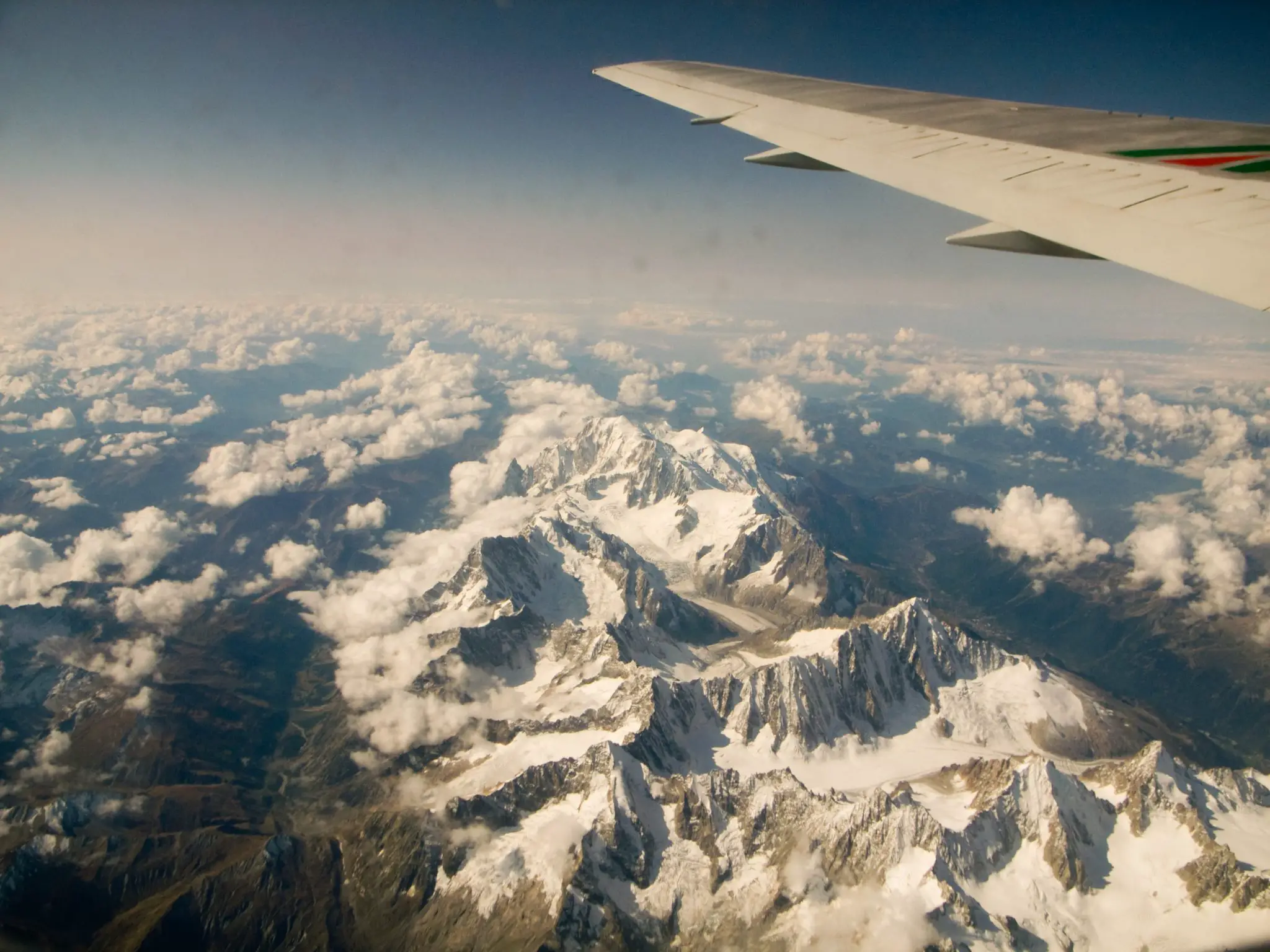
Conclusion
All in all, I have a lot to thank for the decision to go for the Ricoh GR Digital. I had a camera which I could take everywhere for the years I traveled the most.
It made me think out of the box, and it made me slow down. Because I was still lusting for bokeh, but had a limited budget, I picked up a cheap film camera. Film photography became a great passion to me as well as playing with old cameras. I would not call myself a collector, but honestly, I cannot tell how many classic cameras and lenses I own. In a way, I have the Ricoh to thank for this too.
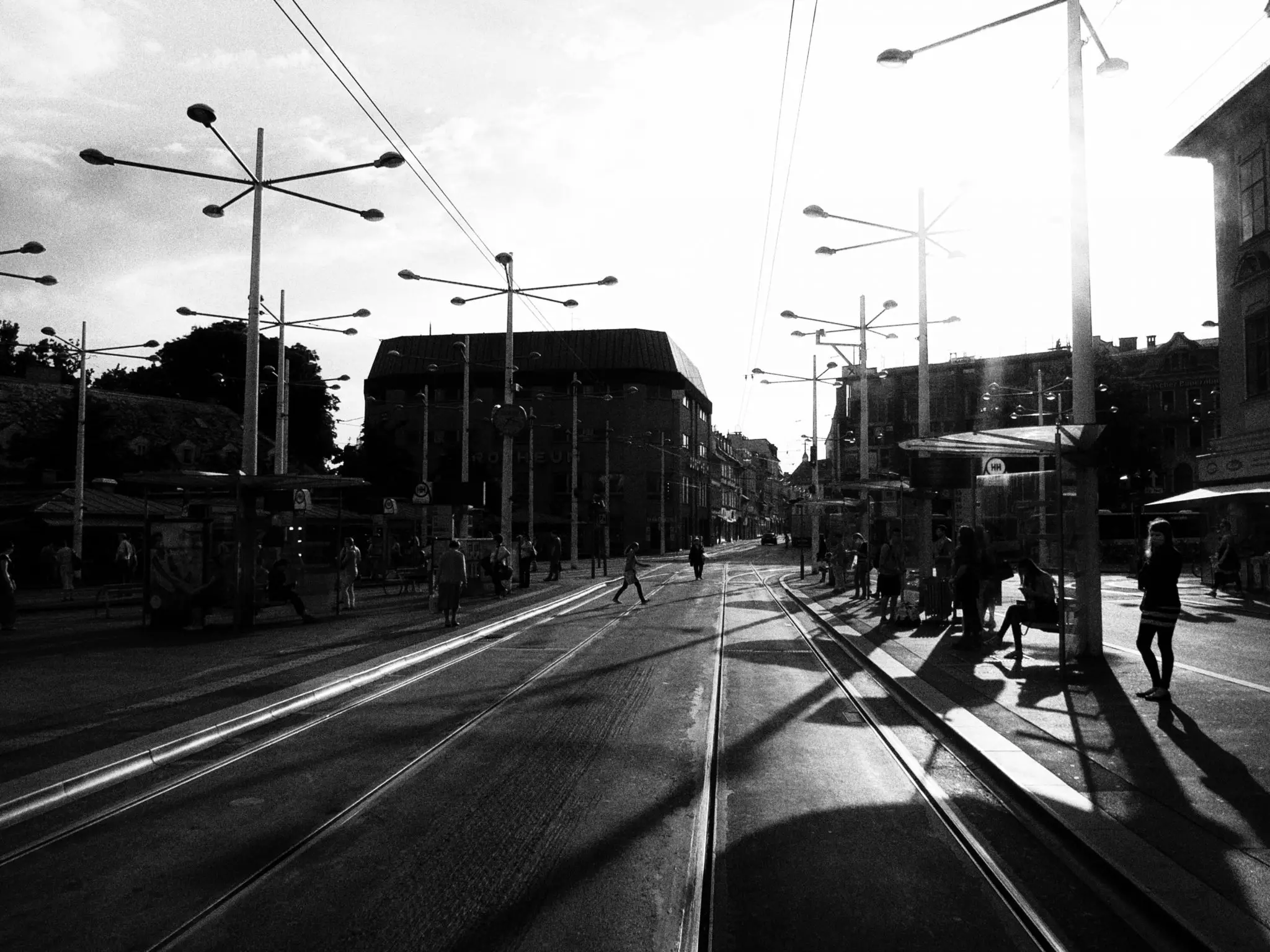
Thanks for reading, and thanks to Hamish for the opportunity to publish on his great site.
If you liked this article and/or interested what am I up to, you can find more of my work under camerajunky.net or simply by type Camerajunky into Google.
Share this post:
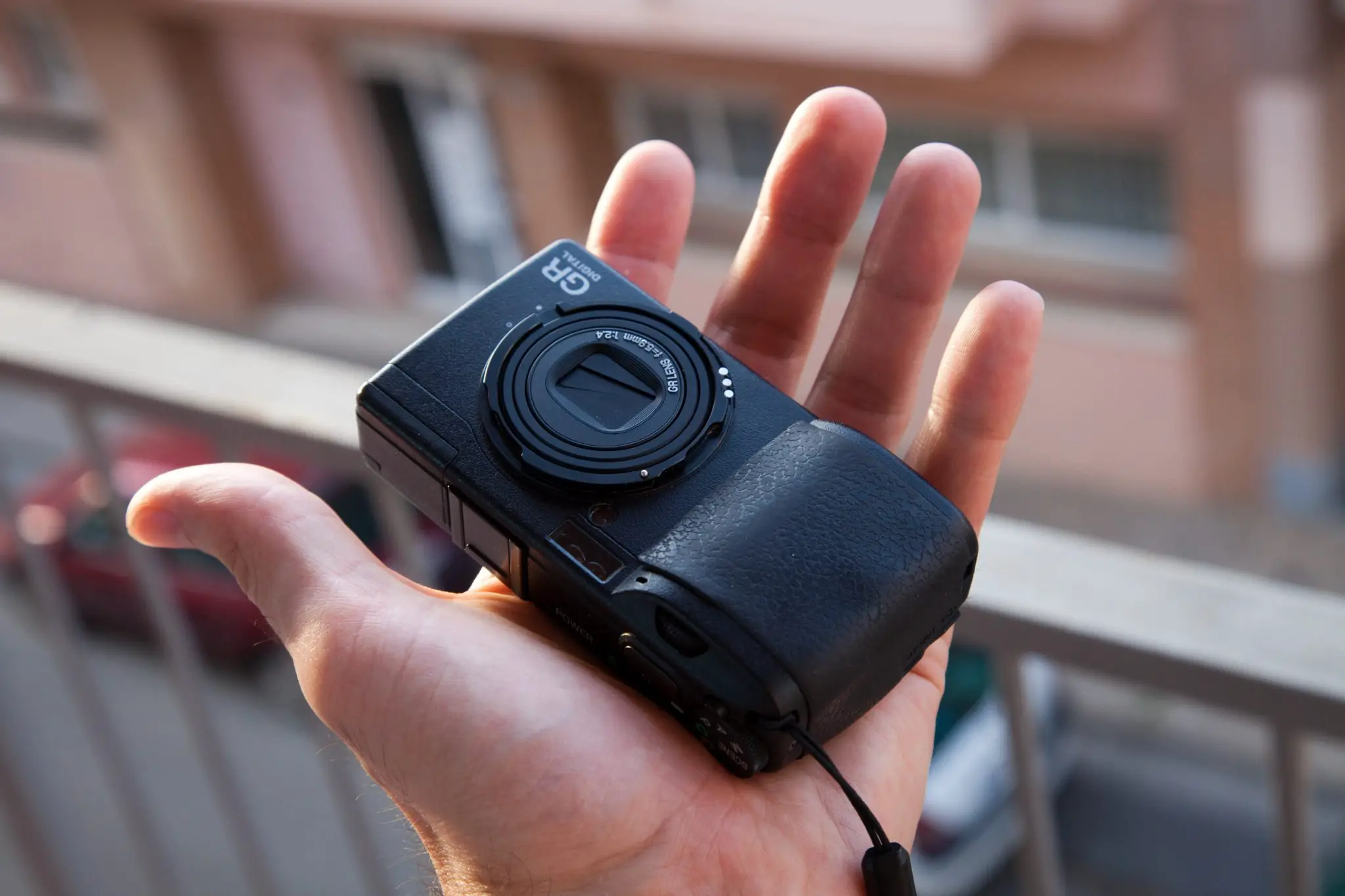








Comments
James on Ricoh GR Digital Classic Review – My Story – by Gabor Dobrocsi
Comment posted: 13/06/2018
Comment posted: 13/06/2018
Tobias Eriksson on Ricoh GR Digital Classic Review – My Story – by Gabor Dobrocsi
Comment posted: 13/06/2018
Comment posted: 13/06/2018
Dan James on Ricoh GR Digital Classic Review – My Story – by Gabor Dobrocsi
Comment posted: 14/06/2018
Comment posted: 14/06/2018
Lilianna Elrod on Ricoh GR Digital Classic Review – My Story – by Gabor Dobrocsi
Comment posted: 22/08/2018
I adore the Ricoh control layout and the look it gave.
After it passed due to the dial syndrome I got other cameras.
But I miss the Purity of those times.
You're post and images are wonderful!!